Did you know that how you prepare your blackberry and raspberry plants for winter this fall can play a big role in just how productive they are next summer?
Blackberries and raspberries are both members of the bramble family. Once they become established, they can live for multiple years, providing home growers with massive amounts of fruit that keep increasing with each passing year. That is, if the brambles have proper pruning and winter care!
Unfortunately, although nearly everyone seems to love eating blackberries and raspberries, how they actually grow and produce is a bit of mystery for many gardeners. And when it comes to properly putting these perennial fruits to rest before winter – knowing how they grow is a must for knowing what to do.
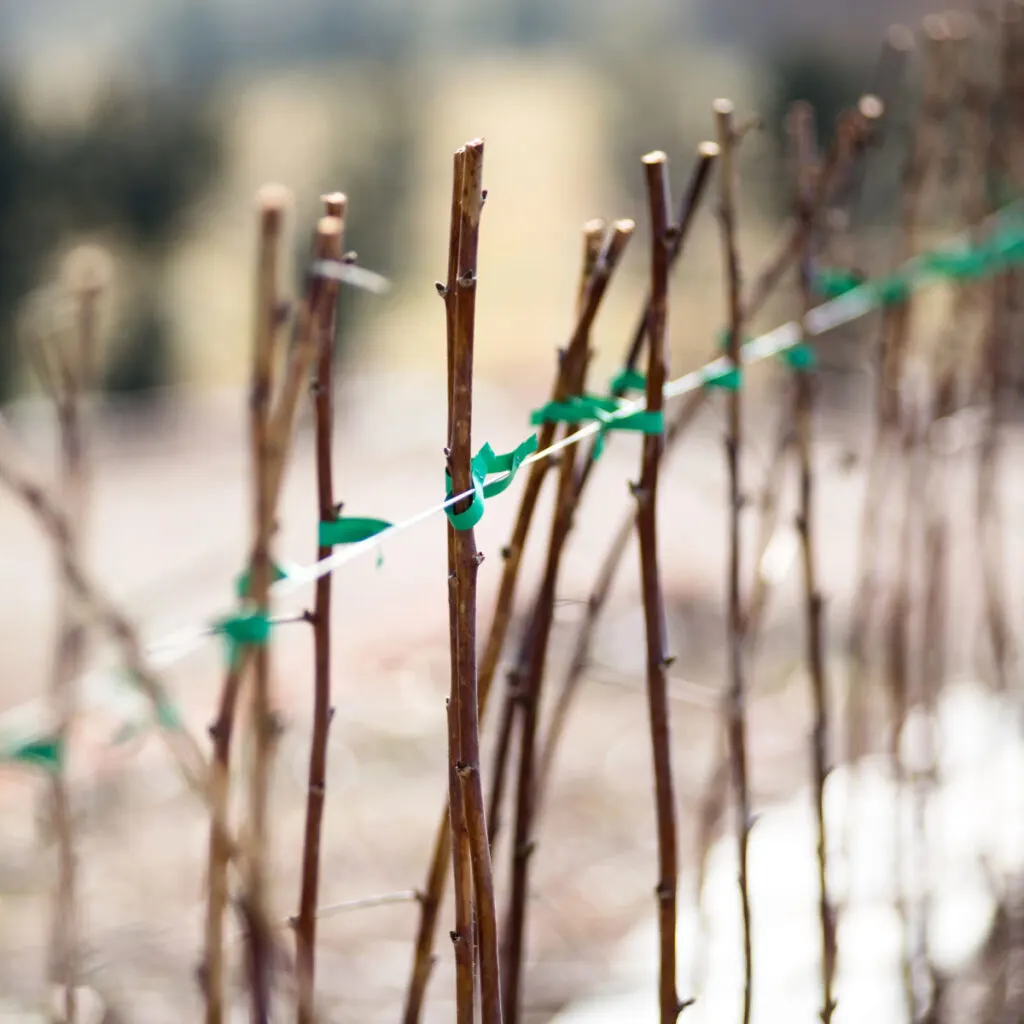
Lifecycle Of Blackberry And Raspberry Plants
Learning how to properly winterize blackberry and raspberry plants all begins with knowing their growing cycle. Because what you do before winter rests on knowing which canes will produce next year – and which won’t.
The roots and crowns of blackberry and raspberry plants are perennial. With each passing year, as a perennial, they will continue to grow and expand. The canes (the branches that come out of the ground), however, are considered to be biennials. And although the plant itself is a perennial, the canes themselves only have a two year life span.
The first year a cane grows from the base it is officially called a primocane. First year canes only produce foliage in the spring and summer and do not produce fruit.
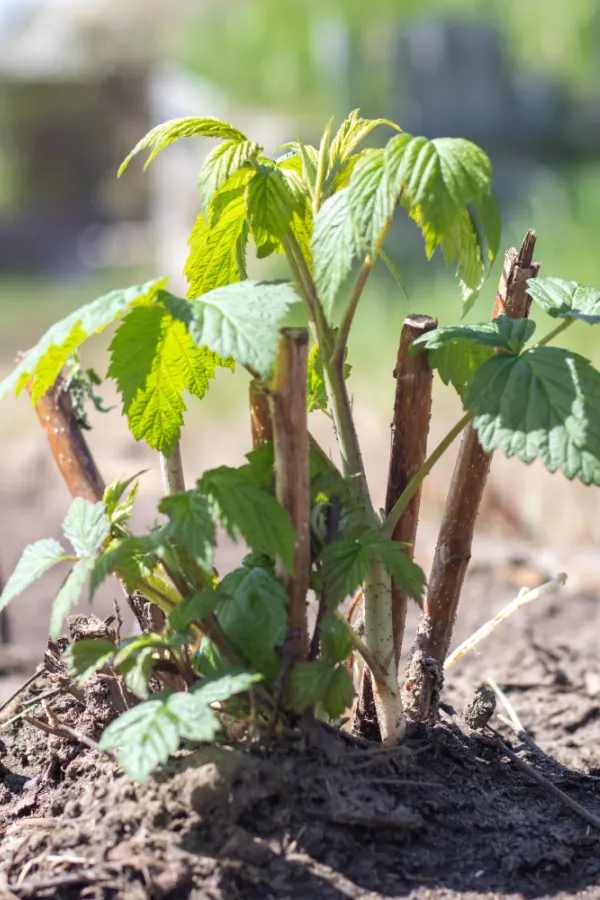
After overwintering, first year canes then grow in year two to become what is known as a floricane. Floricanes are simply a fancy name for two year old canes. During their second year of growth, the canes of blackberry and raspberry plants produce blooms and fruit on short offshoots.
But once the second year canes produce that fruit – they die off permanently. So how do blackberry and raspberry plants stay alive year after year? Because with each new season, a new set of first year canes grow, while the second year canes produce the fruit and then die off.
Preparing Blackberry and Raspberry Plants For Winter
The first factor that goes into fall blackberry and raspberry care is your climate. Not as much care or preparation will need to occur for growing locations in the South as opposed to the North. This is because winters with below freezing temperatures can cause more issues for the plants.
Pruning Plants In The Fall
The first course of action in the fall is pruning. Begin by removing any canes that are damaged, diseased, or have issues with pests. These canes will not be beneficial to the plant’s production next year.
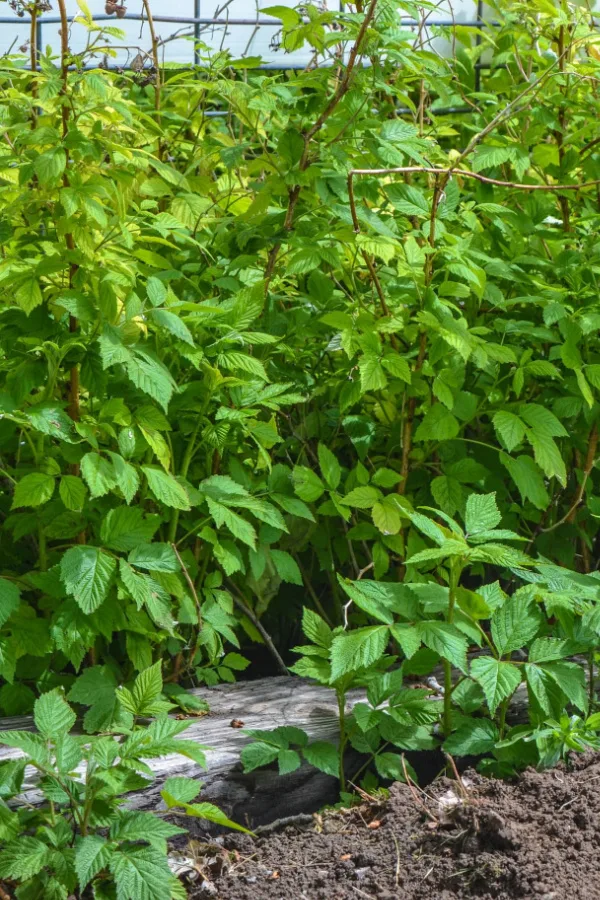
While pruning, also remove any canes that are out of your growing area or that have spread too far away. This helps to keep the growing area clean and increases airflow for the following year. Now it is time to remove all of the second year canes. These are the canes that produced fruit this year, but will not survive to year three.
The goal with fall pruning is to protect the first year canes that just grew new this year. The first year canes will grow again next season and will be the canes to produce and bear fruit. And the more you room you can give the first year canes by removing the 2nd year canes – the better.
So why prune in the fall and not the spring? While you can technically prune plants back at either time, doing so in the fall reduces the chance of damage occurring during winter with all the unruly plants. It can also be difficult in the spring to distinguish between new first year, second year and old second year canes.
Thinning First Year Canes – Preparing Blackberry and Raspberry Plants For Winter
Last but not least, it is also important to prune first year canes that have grown too thick. The goal is to thin back plants so that you have about 4 to 5 first-year canes for every foot of growing space available. In addition, top off any canes that are growing too tall or unruly.
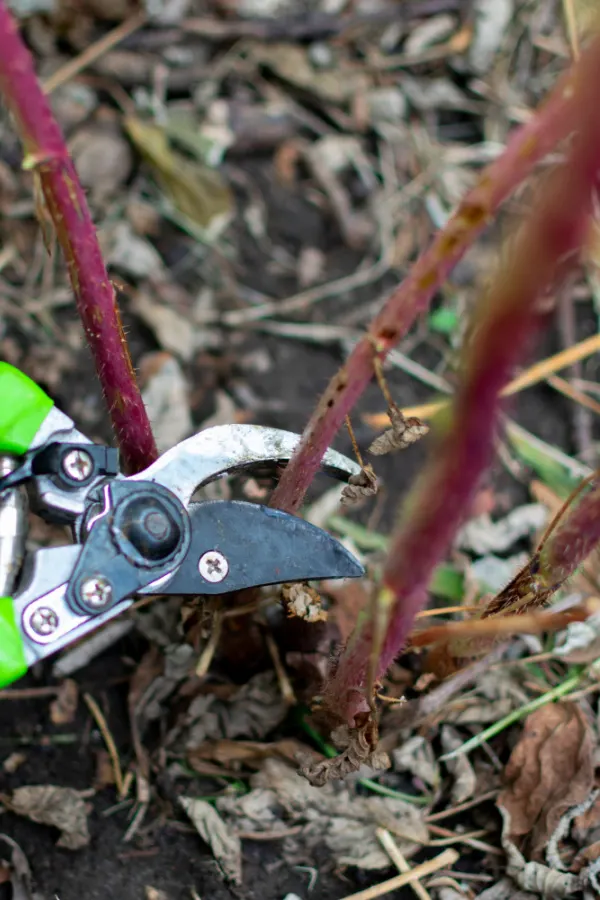
Once pruning is complete, you can help your canes with a little extra protection from winter winds. If you are using a trellis system, tie down remaining canes to the trellis. This helps to lessen the chance of wind damage during the winter. For canes that are exposed in prime winter areas, you can cover them with burlap to further protect them from snow and wind.
Mulching – How To Prepare Blackberry And Raspberry Plants For Winter
After pruning, the next step to prepare blackberry and raspberry plants for winter is mulching. This step is important to help control competing weeds and to protect the shallow roots from constant thawing and freezing.
For this, add a three to five inch thick layer of mulch to protect the roots and crowns of plants over the winter season. Straw, wood chips or shredded leaves all make excellent organic mulch around blackberry and raspberry plants.
For locations with harsh winters, consider carefully bending long canes down and covering them with mulch or cloth for additional protection. Remove the mulch after winter and tie the canes back to your trellis.
Additional Protection – How To Prepare Blackberry And Raspberry Plants For Winter
Moisture is extremely important for blackberries. Not just in the spring and summer as they grow and fruit, but in the fall as they attempt to store energy for next year.
Brambles need about an inch of rainwater or hand watering weekly for maximum production. It is critical to make sure your blackberry and raspberry plants receive proper water right up until the first frost. This will help to ensure that plants reserve enough water to make it through the winter season.
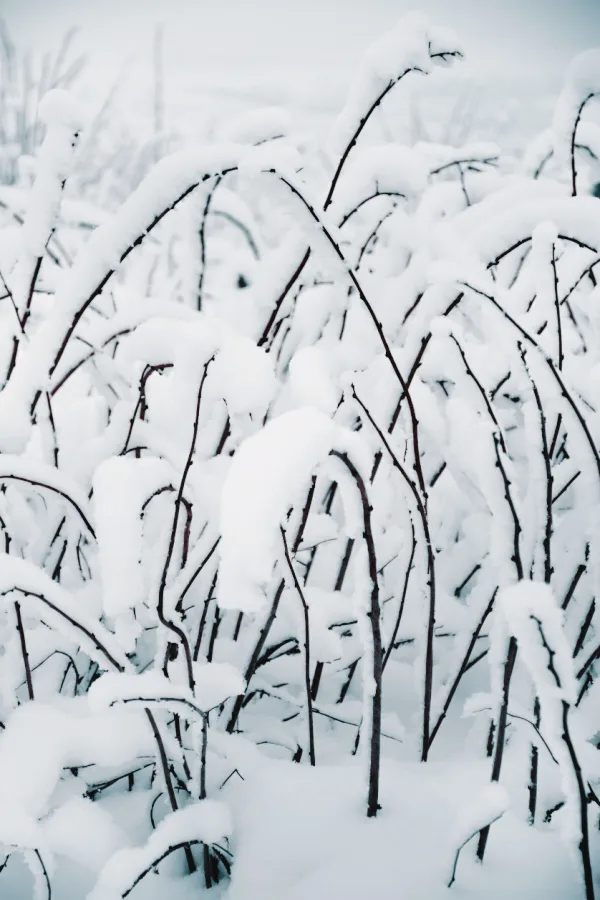
In many locations, winter weather can also bring along strong and heavy winds. Make sure to protect any canes above the ground during winter. You can accomplish this by adding windbreaks or covering plants before the first hard freeze.
The important thing is to make sure that the covering does not allow snow to pile up and thus break thin canes. If you use a trellis system, the fall is a great time to check it over carefully. Look for any issues with weak supports that could give way. That way, when spring arrives, your plants can take off without worry.
By taking these simple steps to prepare your blackberry and raspberry plants for the winter weather, you are setting them up for an amazing harvest next year. For more on planting brambles, check out our article : How To Plant & Grow Raspberries.
Follow Our Facebook Page For Great Gardening Tips And Advice! This Is My Garden Facebook Page
This Is My Garden is a garden website created by gardeners, for gardeners. Jim and Mary Competti have been writing gardening, DIY and recipe articles and books and speaking for over 15 years from their 46 acre Ohio farm. They publish three articles every week, 52 weeks a year. Sign up today to follow via email, or follow along!
